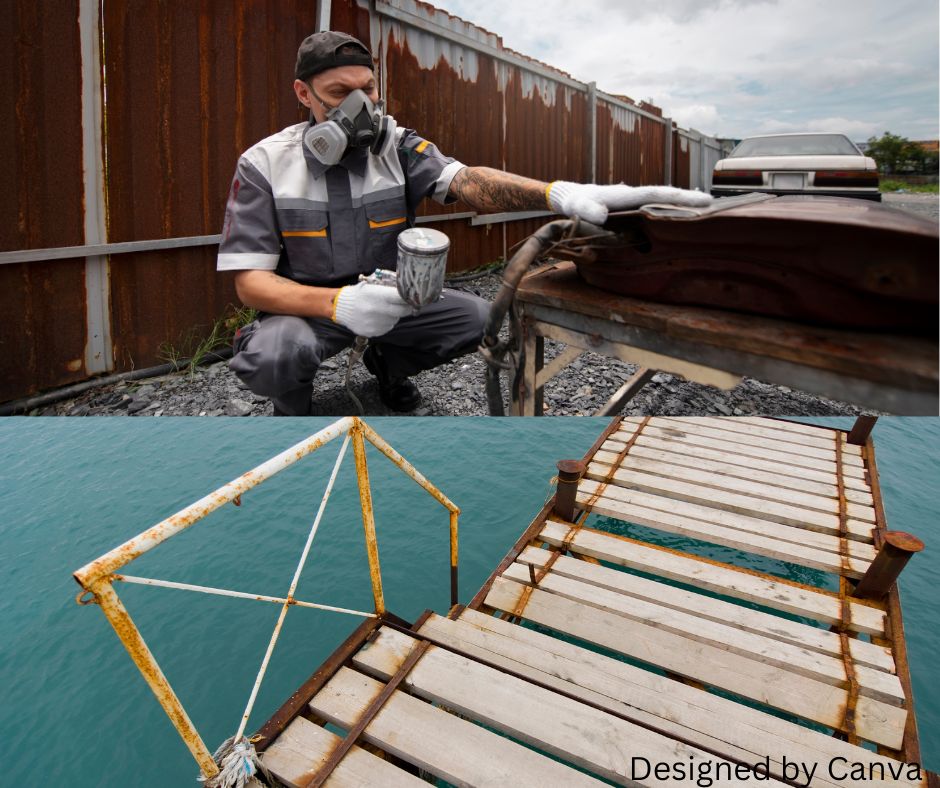Building a strong and useful boat dock calls for careful material selection. The dock’s lifespan, appearance, and usefulness are heavily dependent on the materials chosen. Knowing the properties of different materials suitable for boat dock building ensures a successful project that meets both aesthetic and practical requirements.
Understanding Environmental Influences
The choice of materials is heavily influenced by environmental factors. Things like water salinity, climate fluctuations, and solar exposure should influence your decisions. For example, salty settings can more rapidly erode metals; hence, it is imperative to select materials that withstand rust and degradation. Choosing materials that can resist snow, ice, and strong sunshine is absolutely vital in areas with extreme weather.
Evaluating Material Categories
You can build docks out of wood, composite, aluminum, or concrete. Each material has pros and cons that may affect performance or upkeep.
Wood is a classic material with inherent beauty and ease of use. Meanwhile, not all wood is dock-worthy. Durable and moisture-resistant marine timbers including teak and mahogany Though less expensive, pressure-treated lumber needs constant upkeep to stop insect infestation and deterioration.
Boat dock construction increasingly uses composite materials—plastic and wood fibers. They resist warping, fading, and rotting and require little maintenance. Although more expensive than normal wood, their lifespan usually pays off.
For lightweight, sturdy solutions, aluminum is another viable option. Boaters choose aluminum docks because they resist corrosion and extreme weather. Even though aluminum lacks wood’s beauty, its little upkeep might be useful.
Concrete is the most durable boat dock material. It can carry heavy loads and tolerate environmental stresses. Installation can be more expensive and complicated than with other materials. Concrete cracks easily if not correctly prepared, especially in freeze-thaw situations.
Appreciating Aesthetic Beauty
Although utility is important, the appearance of the dock matters significantly. A well-designed pier accentuates the waterfront’s general visual attractiveness and fits the surroundings. While composite and aluminum choices may have a more modern aspect, wood docks usually give a classic, rustic appearance.
Selecting materials in line with your design idea will help to produce a welcoming environment for recreation and leisure. Think about how the elements will appear against the ocean and surrounding scenery. This visual harmony can greatly enhance your dock’s delight.
Budget Issues
Budget dictates the selection of dock building materials. The upfront and long-term maintenance expenses of each material type must be considered. Wood may be cheaper initially, but upkeep and replacement costs can add up. However, composite or aluminum materials may cost more initially but require less maintenance, saving money over time.
Also, consider installation costs. You can install some materials yourself, but others need professional assistance. Knowing the total cost of ownership ensures your investment fits your budget and aspirations.
Identifying load-bearing requirements
Dock builders must also consider load-bearing needs. Choose materials that can support boats, tools, and people without compromising structural integrity. This examination is particularly important for larger vessels and docks that are frequently used.
Knowing each material’s load-bearing capabilities can prevent future issues. Concrete is strong and can support weight, unlike wood, which has constraints based on type and size. Talking to a structural engineer or experienced contractor will help you choose load-bearing materials.
Maintenance and Longevity
The expected lifetime and maintenance needs of a boat dock assist in choosing materials. Some materials can withstand the environment without much treatment, but others need constant care. Wood docks require staining or sealing every few years, unlike composite and aluminum docks.
Knowing each material’s care needs can help you choose appropriately for your lifestyle. Composite or aluminum may be the most low-maintenance option. If you like natural wood and are willing to maintain it, timber may be the best dock material.
Regulatory Considerations
You must familiarize yourself with any municipal rules or licenses required to build a dock. These rules could specify particular materials or design elements depending on environmental influence and safety criteria. Making sure one complies with these criteria guarantees a better building process and helps prevent possible legal problems.
Prior research into regulations may also identify environmentally friendly building techniques or products that qualify for rebates or incentives. Many areas support sustainable living; knowing these choices will enable you to choose ecologically friendly behavior, perhaps saving money as well as environmental impact.
Conclusion: Making the Right Choice for Your Dock
Choosing the right materials for boat dock construction involves a careful balance of functionality, aesthetics, cost, and maintenance. Each material presents unique advantages that can contribute to the overall success of your dock project. Consider your specific needs and preferences, and weigh the long-term implications of your material choices.
By taking the time to thoroughly evaluate each option, you can create a boat dock that enhances your waterfront experience for years to come. For professional guidance and expert construction, consider consulting with a reputable company like CVS Restorations, which can help you navigate the complexities of dock building and ensure a successful outcome.




